Sunday 31st July – Parc Penallta, near Ystrad Mynach (S Wales)
After a long drive the previous day (
though not a David-M-type-long-drive), we’d decided to stay local on Saturday and Bill (Willrow) had very kindly agreed to take us round Parc Penallta, near Ystrad Mynach in the borough of Caerphilly (just south of the Brecon Beacons, South Wales). This countryside park is built using reclaimed land from the coal pit spoils. As Bill has mentioned – he considers this the ‘Grayling capital’ of Wales and seeing as Karen and I always seem to have missed seeing Graylings in Britain – the invite was too good to miss!

We arrived at the Parc just after 10 am, and the temperature was still warm and quite humid, as with the previous day – also weak sunshine kept breaking through. Following Bill from a smaller car-park we would see Graylings almost as soon as we were walking in the park. One of the first Graylings we saw
(spotted by Karen!), for some reason, was opening its’ wings as it crept through in the lower grass. The sight of the inside wings was a pretty rare occurrence that we were very lucky to see. The weak sunshine wasn’t the optimum conditions for the Graylings, but with Bill’s help we did a count of the Graylings on about a third of the parc and stopped at about 130 individuals

They seemed happiest when the sun broke through, but even during the cloudy spells there were plenty sheltering in the grass. Walking on much of the land you can still see the remains of the coal and slate, but it was amazing to feel how hot the ground would get even in hazy sunshine, perfect for the Graylings. I could understand walking over this ground how the lush landscape of my local patch was far too grassy for these interesting butterflies.
The Park was also interesting for a wide range of fabulous wild-flowers, including large amounts of Lady’s bedstraw, Fireweed and Marjoram, Common Centaury and Vetch amongst the more recognisable species and even flowers such as Wild Pansy and an unusual rarity for the area that I’ll leave Bill to disclose if he wants too

. Also the park has a good range of sculptures and benches to sit on, including the very large earth sculpture Sultan (not to be referred to as ‘a horse!’) and some lovely metalwork designs on one of the highest sculptures / Observatory viewpoint (many of the designs were done by local school kids, sometimes describing wildlife, sometimes describing icons from the local history)

.
We didn’t have enough time to see the entire park (I was a bit tired from the previous day

) but amongst the butterflies we also saw some new second-brood Common Blues and plenty of Small Heaths, Meadow Browns, Gatekeepers and a few Red Admirals and Peacocks. However, the Graylings were the main reason to go and they certainly didn’t disappoint


. I hope to go back again in the next fortnight as I didn’t get any really nice pictures of the Park, and going there with clear blue skies would make the experience even better...

Thanks very much to Bill for sharing his time and valuable expertise with us

.
N.B. I returned to the reserve a week later when the light was much better for landscape photographs, though the Graylings weren't in as good numbers, there was a beautiful female Holly Blue that would be oh-so-difficult to photograph due to stronger winds.
Michael
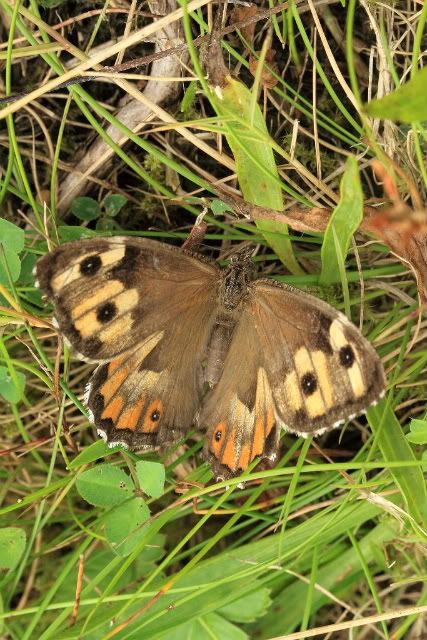
One of the first Graylings of the day that was happy to open its wings for us!
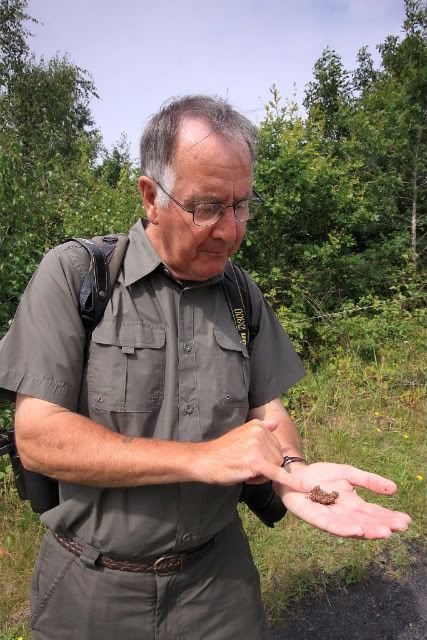
Bill opens up a Little Owl pellet to show us their diet. Watch out, Chris Packham!!
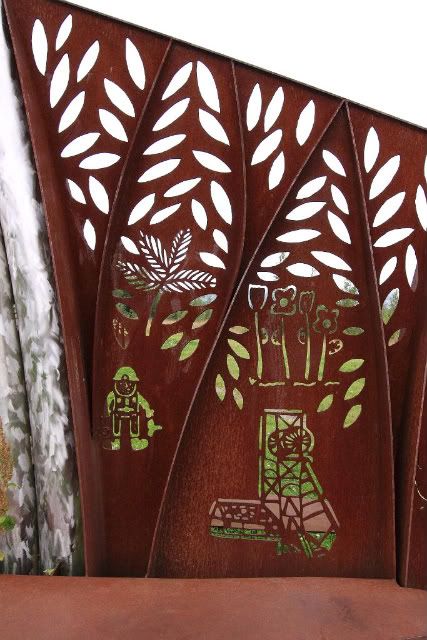
The iron designs on the Observatory, many created by the local school kids.
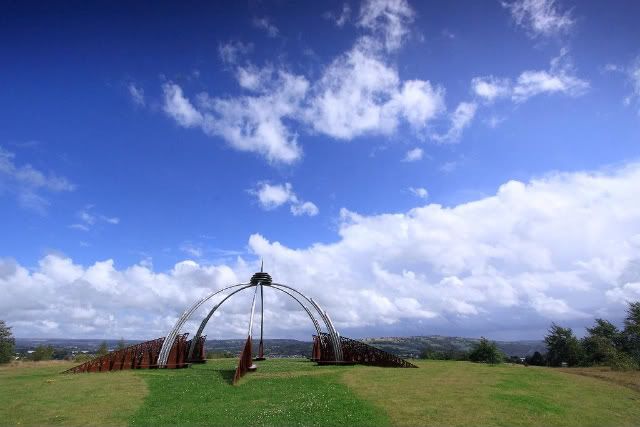
The Observatory at a later visit, under good sunlight..
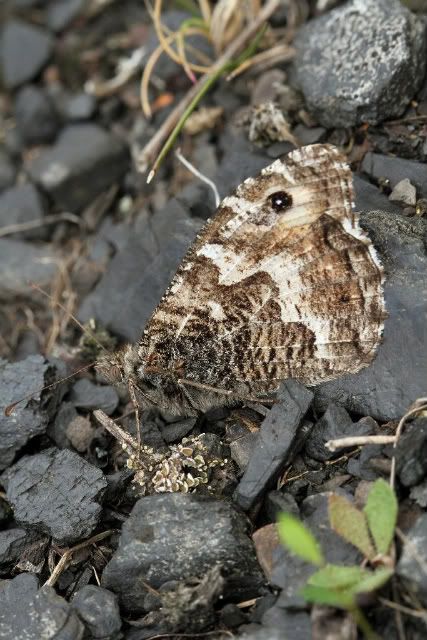
The Graylings all like the local ground which contain plenty of strange flowers on the Coal and slate base.

A range of the amazing local wildflowers growing all round the parc.
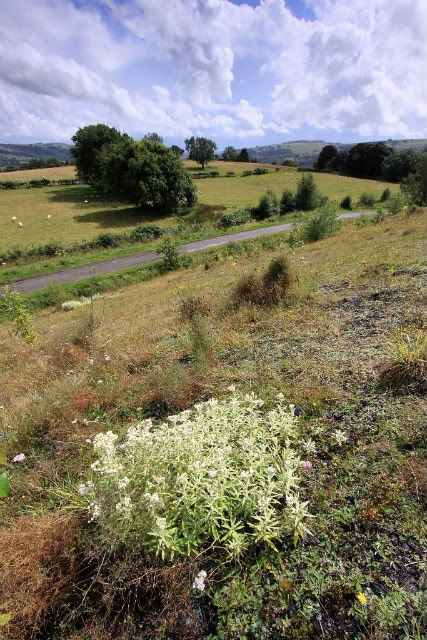
Unfortunately the skies never really allowed me to get any good landscape shots to show...so I went back a week later for some better photos.
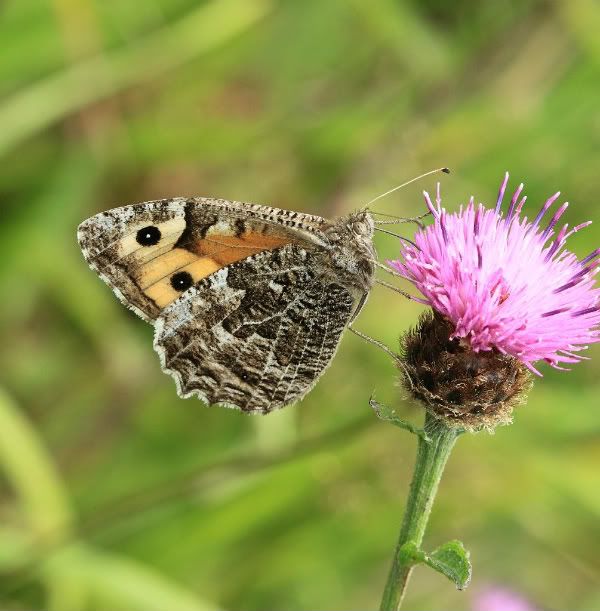
Bill pointed out that the Graylings love the purple flowers. With the slightly dull conditions they were only briefly drawn onto them.
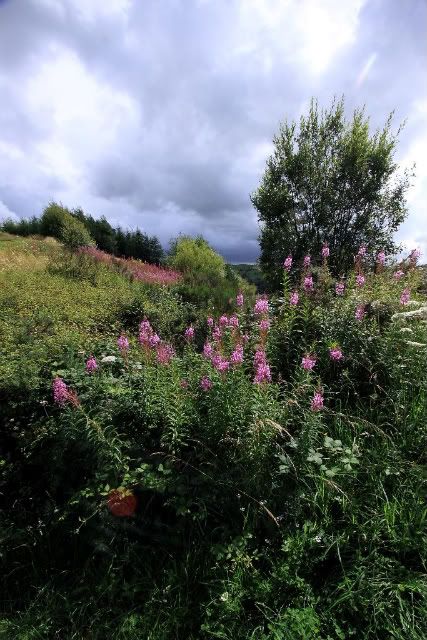
A view of some of the fireweed (Rosebay Willowherb) near the land sculpture 'Sultan'.
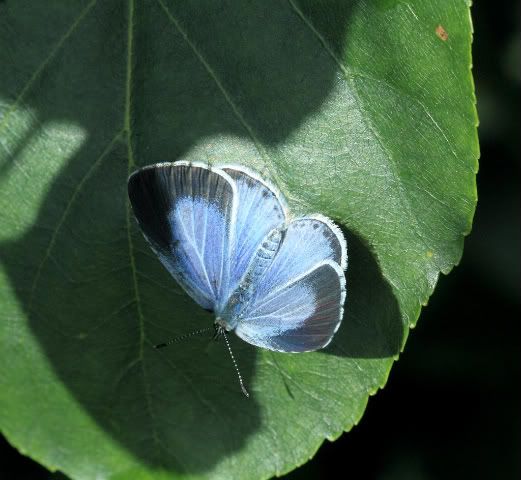
A female Holly Blue evades the wind during my second visit a week later.

. Lovely shots especially of the Brown Hairstreak at Alners Gorse. Thanks also for including the landscape shots as I reckon they always add to the description of the butterfly species, no question
.











